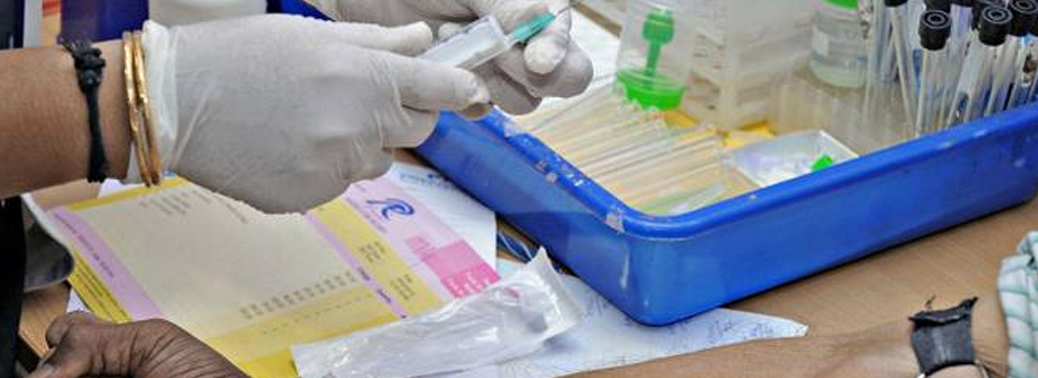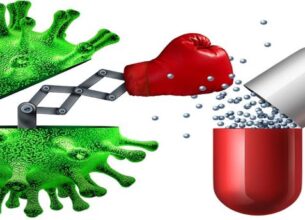NATIONAL ESSENTIAL DIAGONISTIC LIST (NEDL)
17, Aug 2019

Prelims level : Governance, Health & Diseases
Mains level : GS-II- Issues relating to development and management of Social Sector or Services relating to Health, Education, HumanResources.
- Context:India has got its first National Essential Diagnostics List (NEDL) finalised by the Indian Council of Medical Research (ICMR) which aims to bridge the current regulatory system’s gap that do not cover all the medical devices and invitro diagnostic device (IVD).
Concerns Before:
- The rates for diagnostic tests vary widely between different pathological laboratories, the same simple blood sugar test can cost anywhere between Rs 25 to Rs 250 depending on the laboratory.
Objectives:
- An essential diagnostic list has three objectives—
- making essential tests available at public health care centres,
- standardise the tests
- price control
What It Will Change?
- This would eventually allow the government to make a set of diagnostic tests, each with a price cap, to be available at every level of health care— from village to a district level hospital.It will push for making diagnostics available and affordable and government commitment to making these tests available. It’s a common knowledge that the prices of tests is variable across different sectors,”
- The national essential diagnostics list (NEDL) provides an expanded basket of tests at different levels of the public health system. Implementation of NEDL will enable improved health care delivery through evidence-based care, improved patient outcomes and reduction in out-of-pocket expenditure.
WHO’s Essential Diagnostics List:
- Essential Diagnostics List is intended to serve as a reference for countries to update or develop their own list of essential diagnostics.
- In order to truly benefit patients, national governments will need to ensure appropriate and quality-assured supplies, training of health care workers and safe use.To that end, WHO will provide support to countries as they adapt the list to the local context.
- The WHO EDL contains a list 58 tests to be carried out at primary health care centres and another 55 tests for the reference laboratories.
What is an Essential Medicines List?
- As per the World Health Organisation (WHO), Essential Medicines are those that satisfy the priority health care needs of the population.
- The list is made with consideration to disease prevalence, efficacy, safety and comparative cost-effectiveness of the medicines.
- Such medicines are intended to be available in adequate amounts, in appropriate dosage forms and strengths with assured quality. They should be available in such a way that an individual or community can afford.
Purpose of the National List of Essential Medicines:
- Guide safe and effective treatment of priority disease conditions of a population
- Promote the rational use of medicines
- Optimize the available health resources of a country It can also be a guiding document for:
- State governments to prepare their list of essential medicines
- Procurement and supply of medicines in the public sector
- Reimbursement of cost of medicines by organizations to its employees
- Reimbursement by insurance companies
- Identifying the ‘MUST KNOW’ domain for the teaching and training of health care professionals







